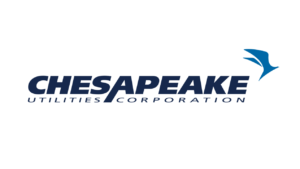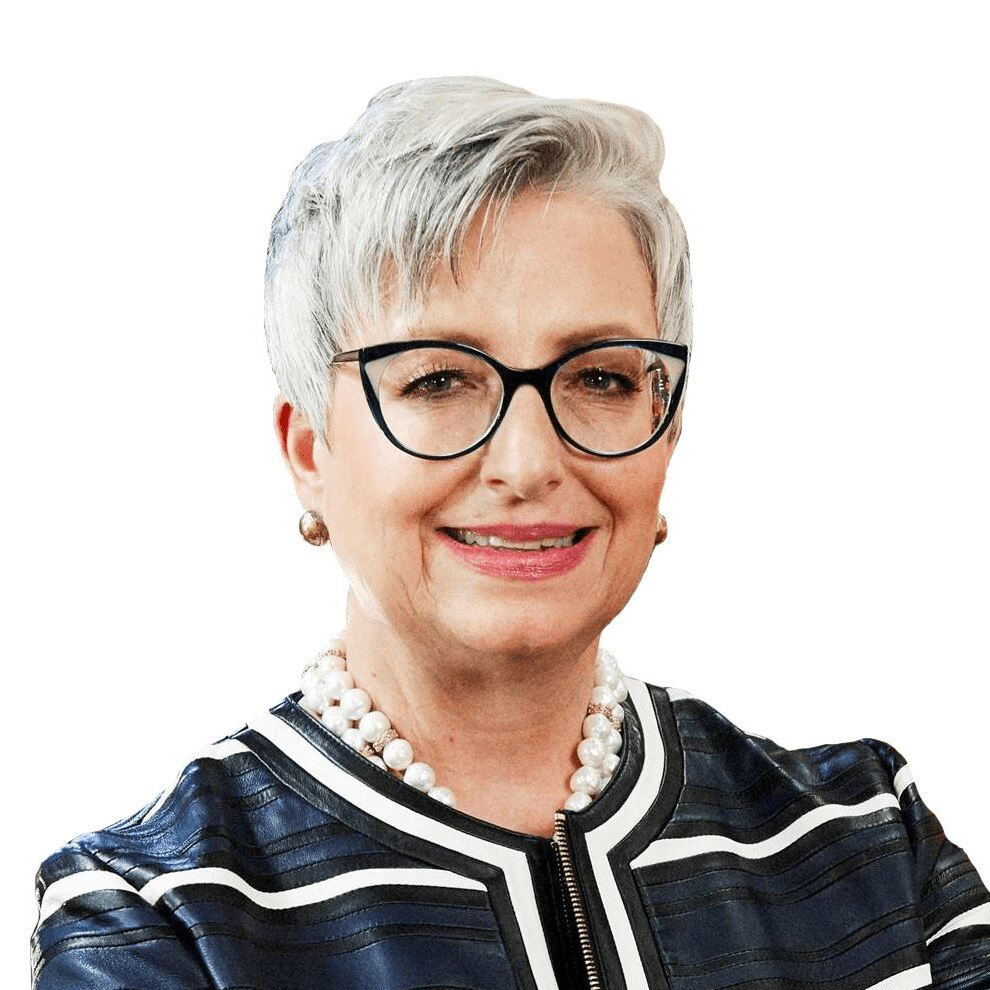

CEO
In an article written by Carol B. Tomé, CEO of UPS for Harvard Business Review, she says:
When I decided to accept the role of chief executive officer of UPS, in the late winter of 2019, it seemed like a straightforward choice. Having recently retired from Home Depot after 24 years of service, nearly two decades of them as CFO, I wasn’t necessarily looking for a new job. But I’d been a UPS board director since 2003, and when the board started searching for a successor to the outgoing CEO, the directors created a leadership profile that matched my experience and skills.
Up-and-coming internal candidates needed more time to develop, and as an outsider-insider, I could lead the company until they were ready. I knew that UPS was an amazing organization with a powerful brand, a culture and values perfectly aligned with my own, operations in more than 220 countries and territories, and roughly half a million talented employees whom I hoped to inspire around a shared purpose. Because the company’s stock had been flat for six years, there was also an opportunity to create value for shareholders.
And, frankly, my husband was keen to get me out of the house and working again
So at the time, it was easy to say yes to the position. I formally accepted at the beginning of March 2020 with a plan to officially transition in June.
Quickly, however, the job became a whole lot more complicated. On March 11 the World Health Organization declared the Covid-19 outbreak a global pandemic, forcing many of us to shelter in place and UPS and its employees to step up its essential service as never before.
Not only did we need to keep our sorting facilities operational and our vehicles and airplanes moving but we had to meet a surge in demand that quickly matched peak holiday-shipping volume and never abated. I’d planned to spend my first few months as CEO on a listening tour, traveling to a number of our more than 2,000 operating facilities around the world and talking to employees. Instead I found myself in a whirlwind of activity, working with the rest of the leadership team to push our way through the pandemic while also planning our futur
Over the past year we’ve done just that. In fact, the Covid-19 crisis became a great crystallizer. Even as we did everything necessary to maintain our current business, we honed our purpose. We strategized. We reorganized. We prioritized. We divested. We invested. And I believe we’ve come out of it with a stronger, more engaged team.
Principles and Purpose
As a 114-year-old company that moves the equivalent of 2% of the world’s GDP and 6% of the United States’ GDP each day, UPS has a long and positive legacy that any CEO would want to build on. When I officially took the reins of the company, I started with that premise. I invited our top team to a two-day, Covid-safe offsite at my farm in north Georgia. In that bucolic setting, and with help from a third-party facilitator, we candidly debated which aspects of the company we should carry forward and which might need to change.
We eventually settled on five key principles and priorities to which UPS would adhere. First, we’d stay grounded in the values of our cofounder Jim Casey, including integrity, efficiency, constant learning and improvement, and a strong focus on both customers and employees. We would also maintain our brand relevance, keep our balance sheet and credit rating solid, protect our dual-class ownership structure, and continue to pay a dividend. Everything else would be up for review.
Our purpose statement was the next focus. UPS has always been very clear about what it does, but the why was a little vague. As the Cheshire Cat explains in Lewis Carroll’s Alice’s Adventures in Wonderland, when you don’t know where you’re going, any road will take you there. We needed to clarify our mission. I didn’t come in with a preconceived notion about what that should be, however. Instead I listened to my top team at the retreat and to others in Zoom meetings, since I couldn’t meet everyone face-to-face as I’d intended. We decided on “Moving our world forward by delivering what matters.” Specifically, we wanted to grow our global business by serving customers, offering excellence and value, inspiring our people and partners to do their best, and leading by example as a responsible company.
One other big part of UPS that we decided to revamp was our decision-making structure. Prior to 2020, when employees or teams had an idea, they had to present it to one of 21 committees, which would then push the proposal up the ladder to a final sign-off by the “management committee,” often including the CEO. We scrapped all that. Now we have six review boards, which have the power to approve some new projects even without input from the most-senior executives. When we do get involved, we do so as a “leadership team” not a “management committee.” We move much faster now.
A related move—symbolic but important—was to change the name of our executive offices in Atlanta from the Plaza (cold, intimidating, and formal) to Casey Hall (warm, inviting, and casual). Again, we wanted to emphasize a shift from top-down management to collaboration across levels, functions, and departments.
The leadership team also did an eye-opening strategic exercise: Together in a conference room, we forced ourselves to review a whiteboard of top projects in progress at UPS and put colored stickers next to each one—red for stop, green for continue. Green dots went up immediately, but people seemed hesitant to dole out red ones. I told them they couldn’t leave the room until they did. And lo and behold, once all the stickers had been placed, we realized that we were pursuing some initiatives and activities (our wholly owned freight business, for example) that didn’t promise to add a lot of value. Meanwhile, one of our most important (and most green-dotted) projects—a plan to speed up time in transit, which is the holy grail of delivery company metrics—wasn’t scheduled to finish for another year. Similarly, our efforts to gain market share among small- and medium-size enterprise (SME) clients, a growing customer category especially during the pandemic, weren’t yielding enough fruit.
We realized that we should shift money away from the reds and into the greens, and doing so paid off. We were able to improve time in transit within four months, and in the first quarter of 2021 our U.S. average daily volume among SMEs grew nearly 36%—to an all-time high. We also significantly ramped up our technology and digitization investments and our efforts to reduce the heavy carbon footprint associated with our fleet of more than 500 leased and owned aircraft and thousands of package-delivery vehicles, which combine to travel billions of miles a year. We’re leaning into offset programs and green technologies, including our rolling laboratory of more than 13,000 alternative-fuel and advanced-technology vehicles—and we recently committed to be carbon neutral in all our operations by 2050.
With our mission, structure, and priorities in place, we next identified meaningful metrics for tracking progress toward our goals. Yes, even in the middle of a pandemic, we senior leaders felt this was important. Demand for our business was surging, so this was the time to pursue what we cared about most.
To measure our commitment to putting customers first, we now focus on our Net Promoter Score, which had been in the 30s (on a scale of 0 to 100). Our aim is to lead the industry in end-to-end customer experience with a score above 50. We’re doing this by listening, learning, and acting across 16 key customer journeys, including account setup, package pickup, and claims resolution. On the innovation front, a relentless focus on productivity and effective capital allocation will result in both operating margin expansion and a higher return on invested capital in 2021. And to determine whether we’re delivering on our promise of being people-led, we now routinely review surveys showing how many employees are likely to recommend UPS as a place to work. Since I started as CEO, we’ve seen improvement in that number: It has climbed from 51% to 57%, and we’re working hard to raise it above 80%.
An Impressive Workforce Performance
The fortitude and engagement of UPS employees are what move the company forward. Consider their can-do reaction to the pandemic. Once we changed our hub and delivery procedures to keep everyone distanced and safe, our people donned their personal protective equipment and soldiered on, ensuring that our business clients could ship to one another and that end users received all their must-haves, from masks to new freezers, cat food to diabetes medication. The step change in e-commerce demand was immediate, and our teams’ response was impressive.
Because of our global footprint, every day brought a new challenge. Countries would start to open and then shut down, so we were always working with various authorities to make sure that our pilots could land and our employees could operate on the ground. We had one situation in China when a sorting-facility security guard tested positive for Covid, so 200 UPS employees were confined to the building for three days. We scrambled to provide food and water and keep them comfortable until they could leave.
In the United Kingdom we were also dealing with new cross-border trade restrictions as a result of Brexit. And although our aircraft hub-and-spoke system could accommodate the huge spike in demand and the increasing complexity of delivery, we needed more staffers, fast. In the second quarter of 2020 alone, we hired 40,000 people to help us manage the new normal of year-round holiday-level volume.
Our people rose to further challenges last winter, first by managing our holiday peak season (a period for which we added another 100,000 temporary workers) on top of pandemic volumes, and then, as 2021 began, playing a crucial role in delivering the newly developed Covid-19 vaccines. UPS has been in health care logistics for 15 years, and now we have three freezer facilities—in Louisville, the Netherlands, and Singapore, that enhance our cold-chain distribution. We’re on track to deliver at least one billion doses of the vaccine globally by year’s end—with 99.9% reliability of service. Within 24 hours we can pick up a shipment with an 18-wheel truck, drive it to a local airport, load it onto an aircraft, fly it to our Worldport hub in Louisville, process it, load it onto another feeder plane, fly it to a destination, put it on a smaller truck, and drive it to a hospital or a pharmacy.
Our people make that kind of performance possible, fueled in part by the mission and strategy work that our senior leaders and I—with help from their teams and input from the wider organization—did at the beginning of my tenure. Instead of competing priorities, they have clarity of purpose, which helps them both do their jobs effectively and enjoy the work. This has led to record profits and a double-digit operating margin in our U.S. business, along with record profits in our international segment.
When I decided to become the CEO of UPS, I could never have predicted the upheaval the company and the entire world would face over the following 15 months and beyond. But I wouldn’t have taken the job if I hadn’t been confident that our people and our organization could push through whatever challenges come our way.

" I knew that UPS was an amazing organization with a powerful brand, a culture and values perfectly aligned with my own, operations in more than 220 countries and territories, and roughly half a million talented employees whom I hoped to inspire around a shared purpose "
Carol B. Tomé
CEO
© THE CEO PUBLICATION 2021 | All rights reserved. Terms and condition | Privacy and Policy